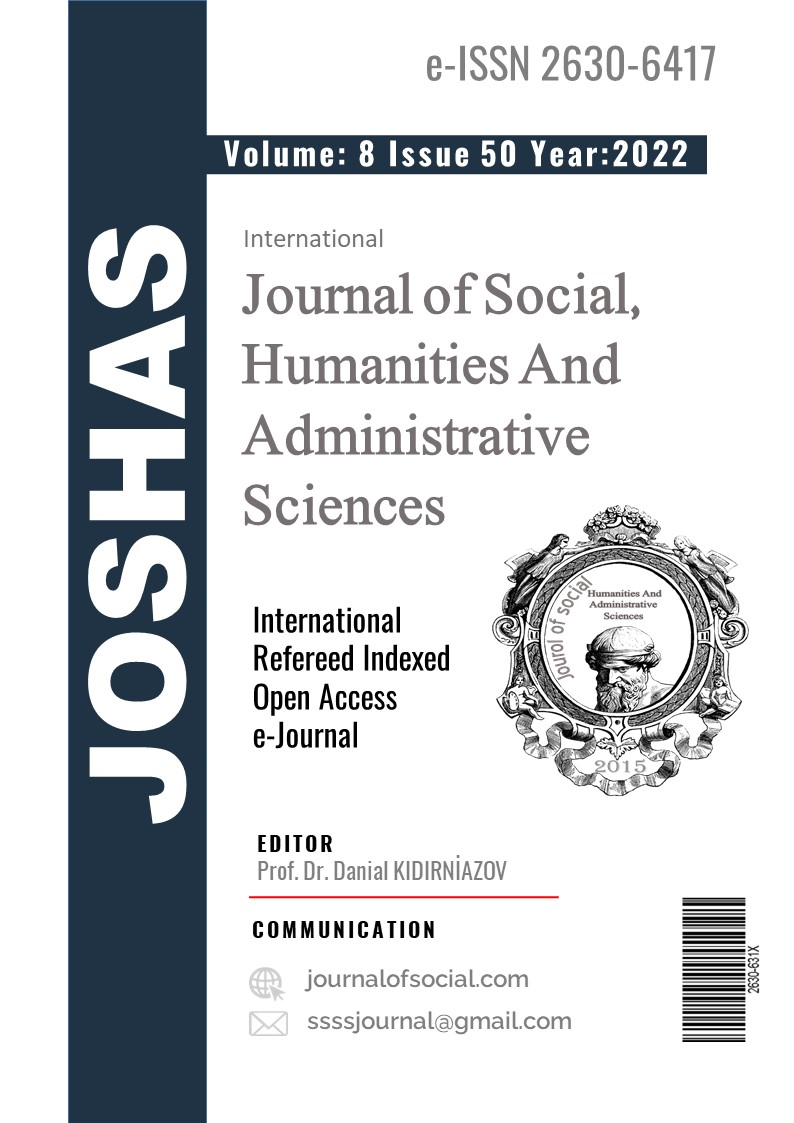Author :
Abstract
Değişim ve değer aracı olarak kullanılan her varlık para demektir. Altın da bu anlamda tarihinin her aşamasında para olarak kullanılagelmiştir. Ekonomi yönetiminde, fiscal ve finansal alanlarda, stratejik karar verme mekanizmalarının yapılandırılmasında ayrıcalıklı bir öneme sahiptir. Para sistemlerindeki rolünü inceleyen çalışmalar kesintisiz sürdürülmektedir. Modern dönemlerde yaşanan iki büyük savaşın birincisinde imparatorluklar dağıldı. Savaşın önemli aktörlerinden olan İngiltere’nin altınlarının çoğu savaşlarda harcandı ancak, altın standardı devam etti. Savaşın yaraları tam kapanmadan ikincisi birincisinden daha yıkıcı olmuştu. İkincisinin galibi ABD oldu. Altın standardına 1944’te Bretton Woods yaklaşımıyla yeni kurumlar eklenerek devam edildi. Yeni kurumlarda da altın savaşın galibinin kuralları ağırlık bastı. Altın hazinelerdeki ağırlığı devam etmiştir. Altın, 1973'te Bretton Woods Anlaşmasının dayandığı sabit döviz kuru sistem inin çöküşüne kadar uluslararası para sisteminin odağıydı. O zamandan beri rolü azalmakla beraber, birçok ülkenin rezervlerinde önemli bir varlık olmaya devam ediyor. IMF’de ve çok sayıda Merkez Bankaları rezervinde altın hala korunmakta ve güvenli bir liman olarak kabul edilmektedir. MB’lerinde altın rezervi en çok olan ülkeler, dünyanın en zengin ülkeleridir. Altın rezervlerinin korunması ve artırılması için alınan önlemler belirtilen kanıtlardandır. Hazırlanan bu araştırma makalesinin amacı, altının dünya para sistemin özü olduğunu, tarihsel ve teorik kanıtlarla ortaya koymaktır. Makalede tümdengelim ve birlikte betimleyici analiz yöntemi kullanılmıştır.
Keywords
Abstract
Every asset used as a means of exchange and value means money. In this sense, gold has been used as money at every stage of its history. It has a privileged importance in economic management, fiscal and financial areas, and structuring strategic decision-making mechanisms. Studies examining its role in monetary systems continue uninterruptedly. In the first of the two great wars in modern times, empires fell apart. Most of the gold of England, one of the important actors of the war, was spent in wars, but the gold standard continued. The second was more devastating than the first, before the wounds of the war were fully healed. The winner of the latter was the USA. The gold standard was continued in 1944 by adding new institutions with the Bretton Woods approach. In the new institutions, the rules of the winner of the golden war dominated. The weight of gold in the treasures continued. Gold was the focus of the international monetary system until the collapse of the fixed exchange rate system on which the Bretton Woods Agreement was based in 1973. While its role has waned since then, it remains an important asset in many countries' reserves. Gold is still protected in the IMF and in many Central Banks reserves and is considered a safe haven. The countries with the most gold reserves in their CBs are the richest countries in the world. Measures taken to protect and increase gold reserves are among the stated evidences. The aim of this research article is to demonstrate that gold is the essence of the world monetary system, with historical and theoretical evidence. Deductive and descriptive analysis methods were used in the article.
Keywords
- Abel, A. B., & bernanke, B. S. (2005). Macroeconomics. Addision-Wesley.
- Abel, A. B., & bernanke, B. S. (2005). Macroeconomics. Addision-Wesley.
- Baillie, R., & Mcmahon, P. (1990). The Foreign Exchange Market Theory and Econometric Evidence. Camridge: Camridge University Press.
- Bal, O. (2018). Dünya Ekonomisinde Altın (1. b.). (M. E. Yardımcı, Dü.) Kocaeli: Umuttepe Yayınları. www.umuttepeyayinlari.com
- Bloomfield, A. (1959). Monetary Policy Unders The Gold Standart,1880 to 1914. Federal Rezerve Bank of New York.
- Bordo, M. (1984). The Gold Standard:The Traditional Approach,1821-1931. (M. D. Bordo, & A. J. Schwartz, Dü) Unıversıty Of Chıcago Press. http://www.nber.org/chapters/c11126
- Braudel, F. (1989). Akdeniz. (M. A. Kılıçbay, Çev.) İstanbul: Eren Yayıncılık.
- Brower, D. R. (1992). The World In The Twentieth Century : The Age of Global War And Revolution (2. b.). New Jersey.
- Bulut, E. (2005). Döviz Ekonomisi (1. b.). (N. Güler, Dü.) Ankara: Platin Yayınları.
- Cipollo, C. M. (1980). Before The Industrial Revalution 1000-1700 . New York: W.W.Norton&Company Inc.
- Craig, K. W. (2011). Brief History of the Gold Standard in the United States. Congressional Research Sevice. https://sgp.fas.org/crs/misc/R41887.pdf
- Dutton, J. (1984). The Bank Of England and The Rules of The Game Under The International Gold Standart:In Bordo and Schwartz,A. 173-202. http://www.nber.org/chapters/c11128
- Engdahl, W. (1980). Petrol, Para,İktidar. İstanbul: Alfa Yayınlar. Ertürk, E. (994). Döviz Ekonomisi. Der Yayınları.
- Jones, A. M. (1953). Inflation Under the Roman Empire. The Economic History Review,New Series, 5(3), 293-318. doi:http://doi.org/10.2307/2591810
- Kazgan, G. (1988). Ekonomide Dışa Açık Büyüme (2. b.). İstanbul: Altın Kitaplar.
- Kazgan, G. (2005). Türkiye Ekonomisinde Krizler(1929-2001) (1. b.). İstanbul: İstanbul Bilgi Üniversitesi Yayınları.Kennedy, P. (1996). Büyük Güçlerin Yükseliş ve Çöküşleri (7. b.). (B. Karanakçı, Çev.) İstanbul: Türkiye İş Bankası Kültür Yayınları.
- Kindleberger, C. (2008). Cinnet,Panik ve Çöküş, Mali Krizler Tarihi (2. b.). (B. Çınar, Dü., B. Çınar, & H. Tunalı, Çev.) İstanbul: İstanbul Bilgi Üniversitesi Yayınları. http://www.bilgiyay.com
- Kurtoğlu, R. (2015). Para Oyunu ve Psiko-Siber Savaş (1. b.). İstanbul: Asikitap Yayınları. http://www.asikitap.comLopes, C. (2012). Economic Growth and Inequality: The New Post-Washington Consensus. 4. doi:https://doi.org/10.4000/rccsar.426
- Schwartz, A. (1984). Introduction to "A Retrospective on the Classical Gold Standard, 1821-1931". M. D. Bordo, & A. J. SWARTZ (Dü). içinde University Of Chicago Press. http://www.nber.org/chapters/c11125
- Walfbank, F. W., & Momigliano, A. (1984). The Journal of Roman Studies (Cilt 74). Society for the Promotion of Roman Studies. https://www.jstor.org/stable/299002
